
| Zermatt Day-Walks |
|
Getting There
|
|
        |
Gornergrat Descent (11.5 km - 50m ascent - 1540m descent) |
|
|||
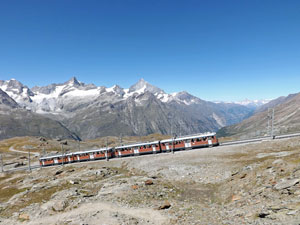 The cog rail train cranks its way up to Gornergrat |
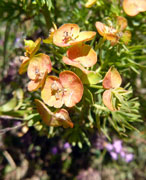 |
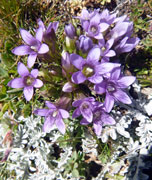 |
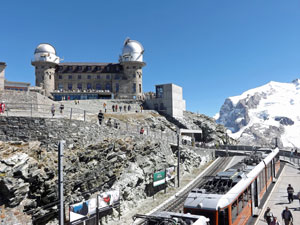 The Observatory on Gornergrat |
|
|
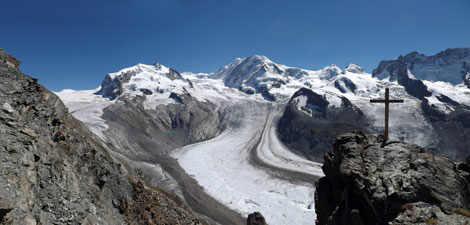 View of the Grenz Glacier flowing down from 4634m Monte Rosa and 4527m Liskamm |
 Northerly panorama from Gornergrat |
|
|
|
 Nello takes in the views of Monte Rosa and the Gorner Glacier |
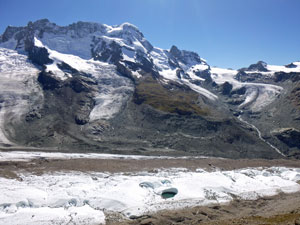 Breithorn rising high above the Gorner Glacier |
|
|
||
|
||
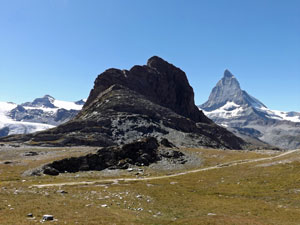 The black face of Riffelhorn |
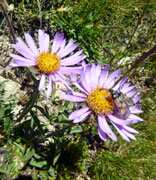 |
 Nello relaxing on the shore of the upper Riffelsee |
|
|
|
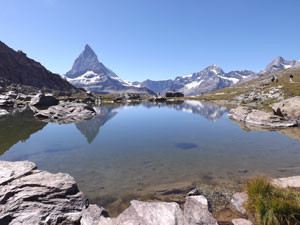 Reflections in the lower Riffelsee |
 Descending towards the Gorner Canyon |
|
|
|
|
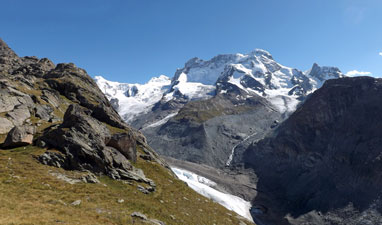 View across the canyon towards Breithorn |
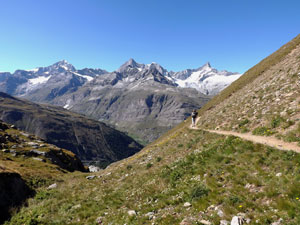 High traverse above the canyon |
|
|
|||
|
|
||
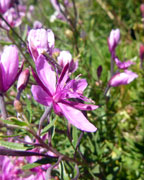 |
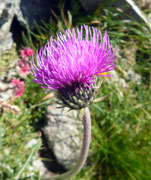 |
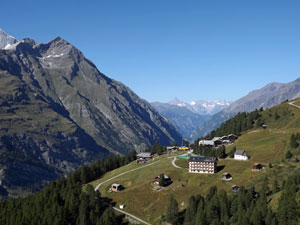 The ski area of Riffelalp |
|
|
|
|
||
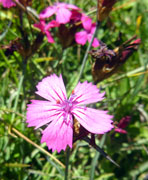 |
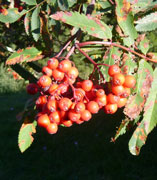 |
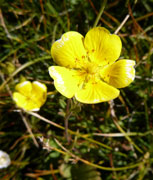 |
||
|
|
|
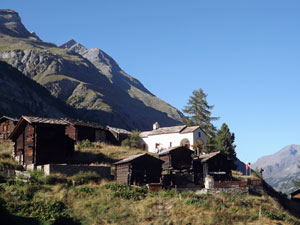 Traditional houses in Blatten |
 Marmot on high alert |
|
|
      |
Ober Rothorn to Zermatt (13.5 km - 430m ascent - 1920m descent) |
|
|
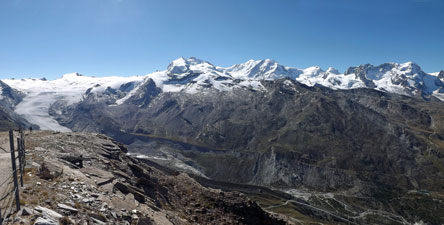 Vista of Monte Rosa, Lisskamm and Breithorn from Unter Rothorn |
 Looking back towards the Unter Rothorn cable car station |
|
|
|
 Cushion plants of the Rothorn |
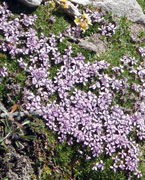 |
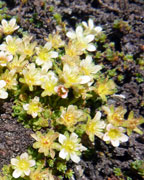 |
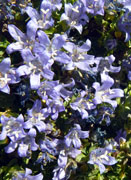 |
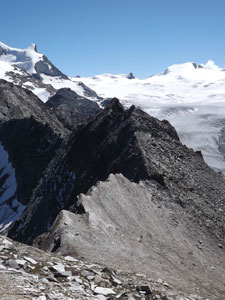 Razor back ridge next to Ober Rothorn |
|
||||
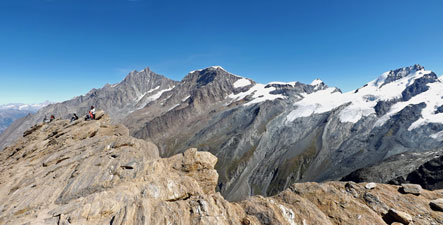 View to the north across the golden schist summit of Ober Rothorn |
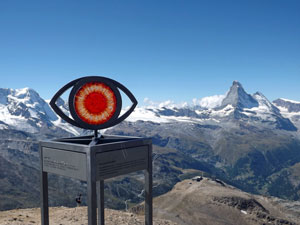 Culminating point of the "Weg zur Freiheit" |
|
|
|
||||||||||||
|
|
||
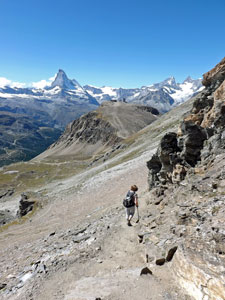 The omnipresent Matterhorn |
|
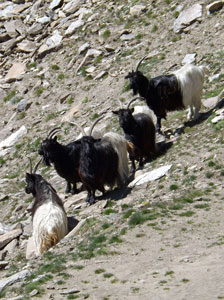 The goats stop to watch us pass |
|
|
|||
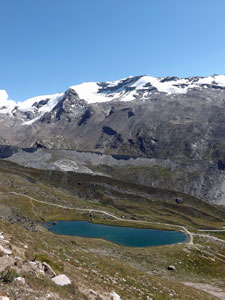 The Stellisee |
 |
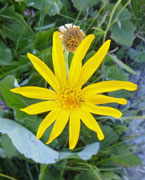 |
 |
 Now that's the way to see these mountains |
|
||||
 The route down the Findel Valley |
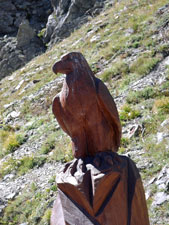 |
 The Leisee |
|
|
|
|
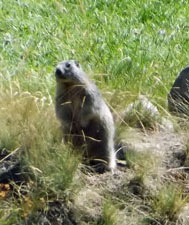 |
 |
||
|
||
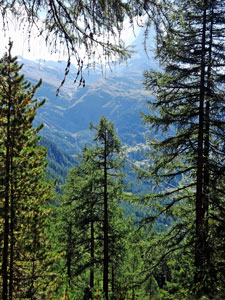 The luminous green of the larch |
|
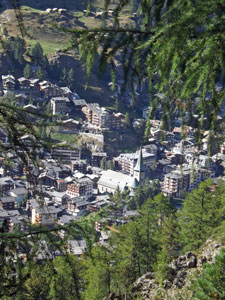 Zermatt between the branches |
|
        |
Edelweissweg (or Höhbalmen Circuit) (20 km - 1190m ascent - 1190m descent) |
|
|
|
|||
 Morning colour in the Matter Valley |
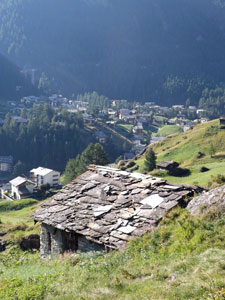 Lauze-roofed hut above Zermatt |
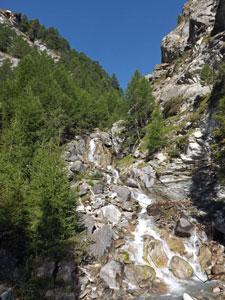 The Triftbach tumbles out of its gorge |
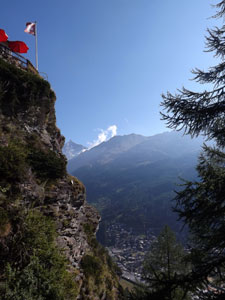 Flag flying on the eyrie of Edelweiss Hut |
|
|
||
 |
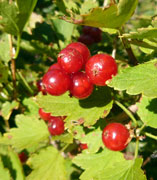 |
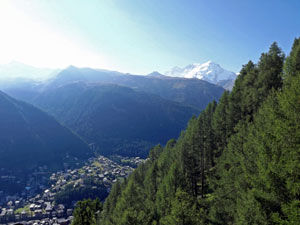 Looking down on Zermatt from the Edelweiss |
|
|
||
 Reaching the head of the lower valley |
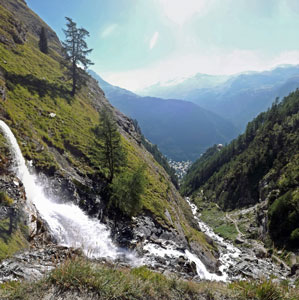 A lovely cascade at the head of the lower valley |
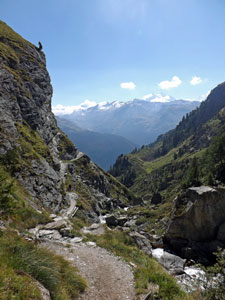 View down the upper valley |
|
|
|
||
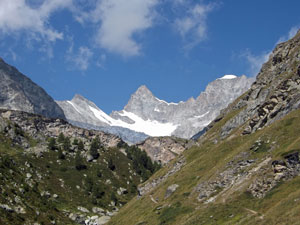 View up the valley to the mountain cirque |
 |
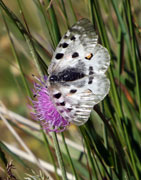 |
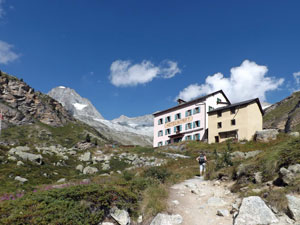 Arriving at the Trift Hotel |
|
|
|
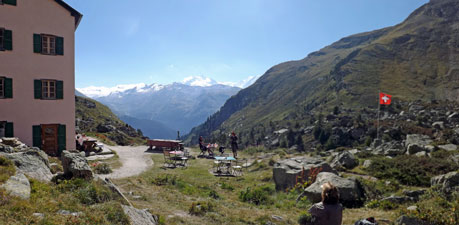 Rest stop at Trift Hotel opposite the slopes of Höhbalmen |
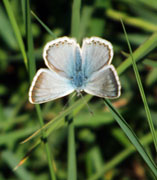 |
|
|
|||
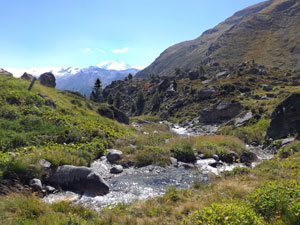 The headwaters of the Triftbach |
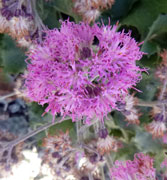 |
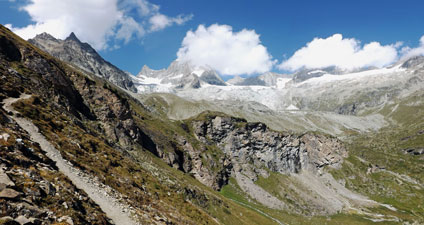 Looking back at the climb up to Höhbalmen |
|
|
|
|
|
 The Matterhorn in all its crooked-hatted glory (from Höhbalmen) |
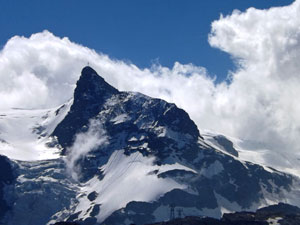 The Klein Matterhorn (3883m) - the little brother |
|
||
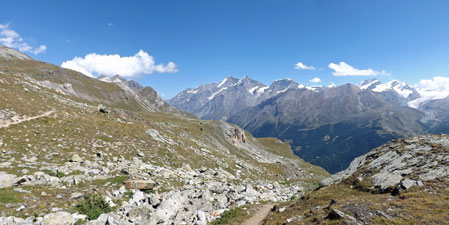 Lookng back across the alpine meadows of Höhbalmen |
 |
 Mountain sheep taking a break |
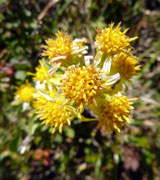 |
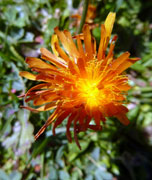 |
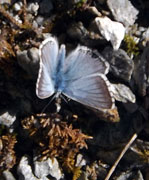 |
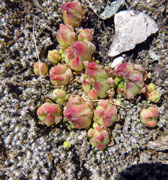 |
 |
|
|
|
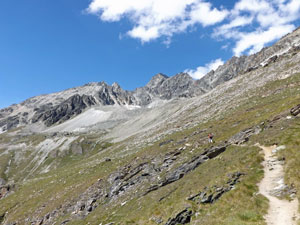 Crossing the slopes below Gabelhorn |
 View up the gravel-covered Zmutt Glacier |
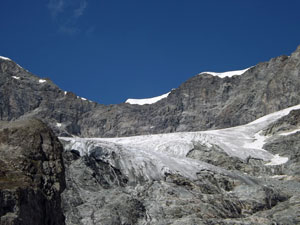 The Arben Glacier |
|
||
|
 Pondages in the Zmutt Glacier |
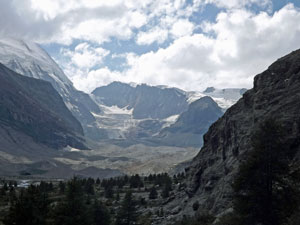 View back up the Zmutt Valley |
|
||
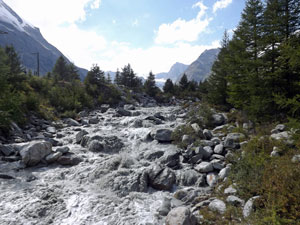 The raging glacial meltwaters of the Zmutt |
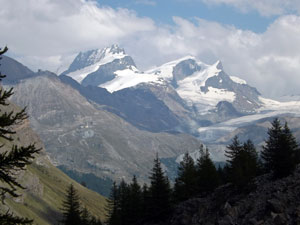 View of Rimpfischhorn, Strahlhorn and Adlerhorn |
|
|
||
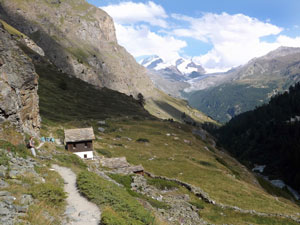 Trackside cafe at Chalbermatten |
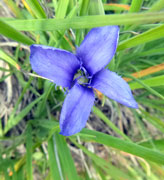 |
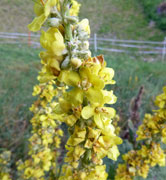 |
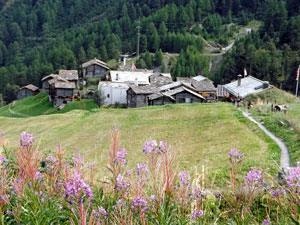 Traditional houses of Zmutt |
|
|||
 The sun breaks through |
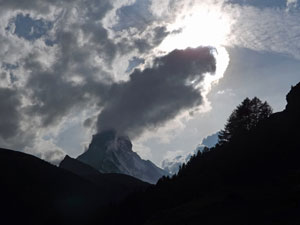 A dark and brooding Matterhorn - the mood changes |
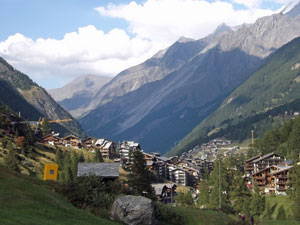 Back to Zermatt |
|
||
        |